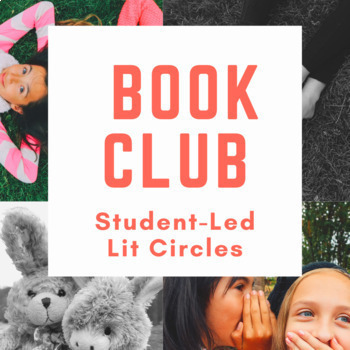Literature Circles | Book Clubs | Student Led | Project-Based ELA
- Google Docs™

What educators are saying
Description
Literature circles and book clubs are an empowering way to keep up reading and discussion practices. Lit circles are a highly effective way to allow students to connect socially and intellectually and hold each other accountable. With this student-led unit, students will create their own reading calendar and pacing plan, prepare independently for weekly book clubs, schedule and run their own weekly meetings and assess their own work.
The teaching philosophy incorporated here is “Student as Worker and Teacher as Facilitator”. So instead of having pre-assigned group roles and worksheets, this book club structure incorporates critical thinking, questioning and connection to drive thinking and discussion. Students will prepare for each meeting and run their own conversation using guiding questions that they write themselves. The final assessment is a more formal panel discussion around a central question (several end-of-text central questions are provided).
This student centered approach allows kids to drive their own learning and share their thoughts with each other!
Included:
-Easy to use Table of Contents page
-Step by step teacher instructions for setting up the unit
-Weekly individual student assignment with self-assessment
-Pacing calendar for a year of book club scheduling
-Sample filled-out student calendar
-Sample “book preview” format for letting students choose books remotely
-Weekly group assignment (a co-authored document) called “Square Talk”
-Final panel style discussion: a guided thematic exploration of the text and self-assessment
-Includes a choice of 6 essential questions that can be used for ANY text





